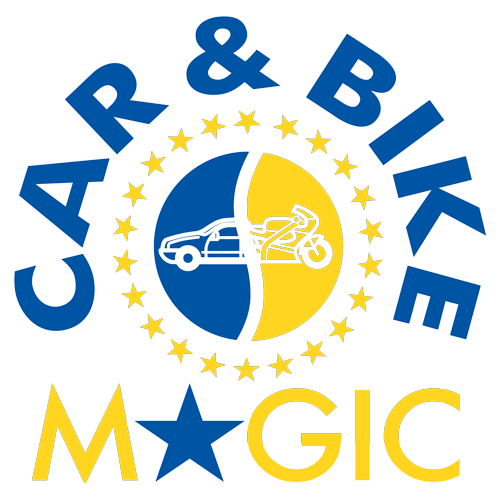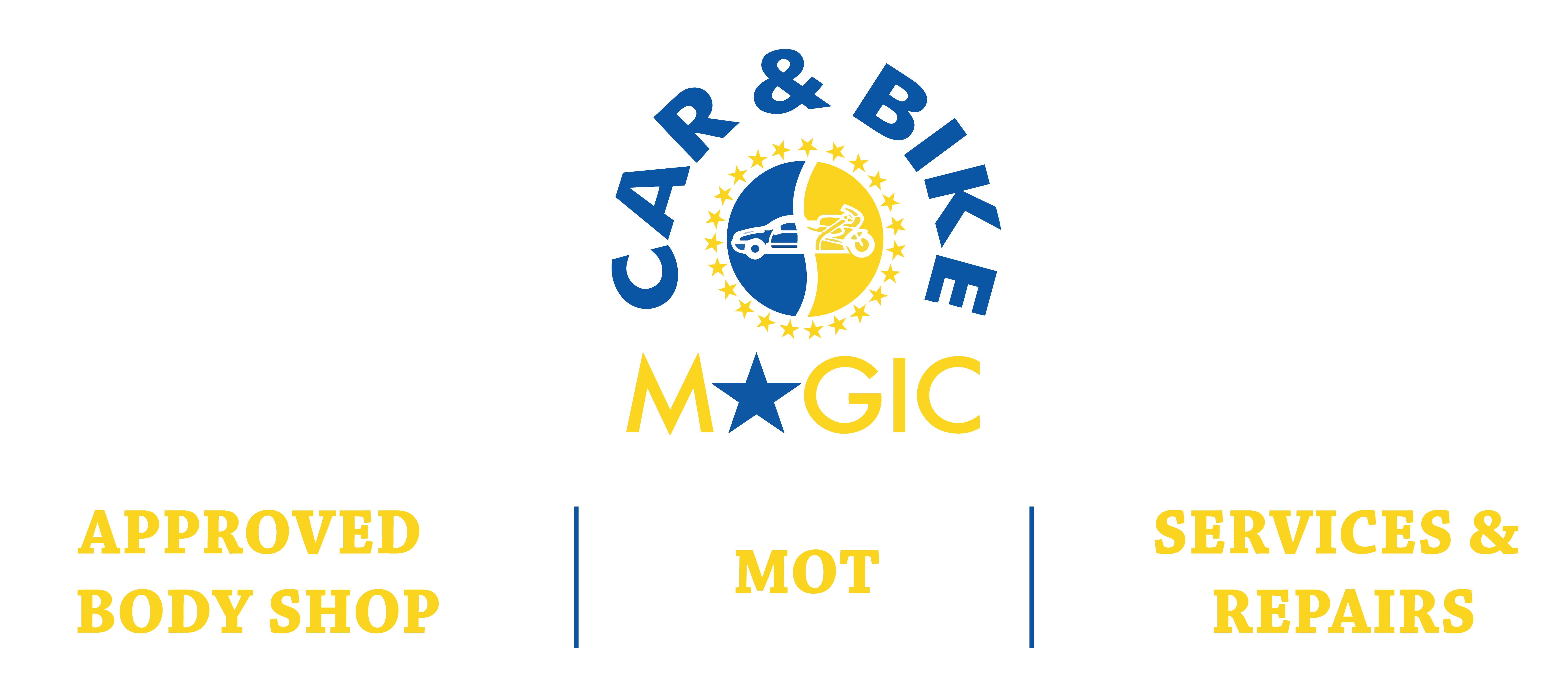Vehicle scratches can range from superficial surface marks to deeper cuts that expose the underlying metal. The extent of reparability depends on the depth and severity of the scratch. Minor scratches, such as those caused by light brushes against bushes or fingernail marks, can often be repaired through DIY methods or by professional detailing services. These scratches usually affect only the clear coat or paint layer. However, deeper scratches that penetrate the primer or metal require more extensive repair, such as sanding, filling, and repainting. Car & Bike Magic helps to understanding the types of scratches and their repair options is crucial for maintaining a vehicle’s appearance and value.
1. Surface Scratches
Surface scratches are superficial marks that typically only affect the clear coat of your vehicle’s paint. These scratches are often caused by light contact with objects such as bushes, small debris, or minor abrasions during regular use. Fortunately, surface scratches are relatively easy to repair, and you can often address them with simple DIY techniques.
To repair surface scratches, start by cleaning the affected area thoroughly with soap and water. Once the area is clean and dry, apply a small amount of automotive polish or scratch remover to a microfiber cloth. Gently rub the product onto the scratch in circular motions, applying light pressure. Continue buffing until the scratch becomes less noticeable or disappears entirely.
After polishing, use a clean microfiber cloth to wipe away any residue and inspect the area. Repeat the process if necessary until you achieve the desired results. Finally, apply a coat of wax to protect the repaired area and restore shine to your vehicle’s paint.
2. Clear Coat Scratches
Clear coat scratches are slightly deeper than surface scratches as they penetrate the clear protective layer of your vehicle’s paint. These scratches may result from more significant contact with objects or minor accidents. While clear coat scratches are more visible than surface scratches, they can still be repaired with the right techniques.
To repair clear coat scratches, follow a similar process to surface scratch repair. Clean the affected area, apply a scratch remover or polishing compound, and buff the scratch using circular motions. However, for clear coat scratches, you may need to use a slightly more abrasive compound to effectively remove the deeper marks.
After buffing, inspect the area to ensure the scratch is no longer visible. If needed, repeat the process or consider using a clear coat touch-up pen to fill in any remaining imperfections. Finish by applying wax to protect the repaired area and blend it with the surrounding paint for a seamless finish.
3. Paint Scratches
Paint scratches are more severe than clear coat scratches as they penetrate through the clear coat and reach the base color layer of your vehicle’s paint. These scratches are often caused by more substantial impacts, such as collisions, contact with sharp objects, or vandalism. Repairing paint scratches requires a more comprehensive approach to restore the damaged area.
To repair paint scratches, start by cleaning and prepping the scratch as you would for surface or clear coat scratches. Next, assess the depth of the scratch to determine the appropriate repair method. For shallow paint scratches, you can use a touch-up paint pen or brush to fill in the scratch and blend it with the surrounding paint.
For deeper paint scratches that expose the primer or metal surface, you may need to sand the area to create a smooth surface for painting. Apply primer, followed by matching touch-up paint, and finish with clear coat to protect the repair and achieve a seamless finish. It’s essential to follow the manufacturer’s instructions and allow sufficient drying time between coats for best results.
4. Deep Scratches

Deep scratches are significant marks that penetrate through multiple layers of paint, including the clear coat, base color, and possibly the primer or metal surface. These scratches are often caused by sharp objects, accidents, or intentional vandalism. Repairing deep scratches requires more extensive work and may involve professional auto body repair services.
To repair deep scratches, you’ll need to sand the affected area to remove damaged paint layers and create a smooth surface for repainting. This process requires precision and careful blending to ensure a seamless finish. After sanding, apply primer, matching paint, and clear coat, following the recommended drying and curing times for each coat.
For deep scratches that are too extensive or complex to repair on your own, consider consulting with a professional auto body repair shop. They have the expertise, tools, and materials to handle deep scratches and restore your vehicle’s appearance to its original condition.
5. Key Scratches
Key scratches are deliberate marks caused by keys or other sharp objects scraping against your vehicle’s paint. These scratches are often deep and highly visible, requiring specialized repair techniques to restore the damaged area. Key scratches can be particularly frustrating as they are usually intentional acts of vandalism.
Repairing key scratches typically involves sanding, filling, and painting the affected area to achieve a seamless finish. This process may require professional assistance to ensure the best results and prevent further damage to your vehicle’s paint.
6. Preventing Future Scratches
While knowing how to repair different types of scratches is essential, preventing future scratches is equally important. To minimize the risk of scratches, consider the following preventive measures:
- Park in designated parking spots away from high-traffic areas.
- Avoid parking too close to other vehicles or objects.
- Use protective covers or films to shield vulnerable areas from scratches.
- Regularly wash and wax your vehicle to maintain a protective layer on the paint.
By combining proper repair techniques with preventive measures, you can keep your vehicle looking great and protect it from unsightly scratches.
7. Touch-Up Paint for Minor Scratches
Touch-up paint is an effective solution for minor scratches and paint chips that do not penetrate the clear coat. These imperfections can detract from your vehicle’s appearance but can often be easily addressed with touch-up paint kits available from automotive stores.
To use touch-up paint, clean the affected area and apply the paint using a small brush or pen included in the kit. Take care to fill in the scratch or chip completely while blending the paint with the surrounding area. Allow the paint to dry thoroughly before applying clear coat to protect the repair and achieve a seamless finish.
8. Professional Paint Correction Services

For more severe scratches or extensive paint damage, professional paint correction services may be necessary. These services involve using specialized tools and techniques to repair scratches, swirl marks, and other paint imperfections effectively.
Professional paint correction technicians can assess the damage to your vehicle’s paint and recommend the appropriate repair methods. They may use advanced polishing compounds, buffing machines, and precision painting techniques to restore the appearance of your vehicle’s paint to its original condition.
9. DIY Scratch Repair Kits
DIY scratch repair kits are available for various types of scratches, including surface scratches, clear coat scratches, and minor paint damage. These kits typically include polishing compounds, touch-up paint, clear coat, and application tools to help you address scratches at home.
When using DIY scratch repair kits, carefully follow the instructions provided by the manufacturer. Clean the affected area, apply the necessary products as directed, and take your time to achieve the best results. Keep in mind that while DIY kits can be effective for minor scratches, more extensive damage may require professional intervention.
10. Color Matching for Paint Repairs
Color matching is crucial when repairing paint scratches to ensure a seamless finish and blend with the surrounding paint. Matching the exact color and shade of your vehicle’s paint is essential for achieving professional-looking results.
When purchasing touch-up paint or paint repair products, provide your vehicle’s make, model, and paint code to ensure an accurate color match. Test the paint on a small inconspicuous area first to confirm the match before applying it to the repair area. Color-matched repairs create a cohesive appearance and enhance the overall aesthetics of your vehicle.
11. Protective Coatings for Scratch Prevention
Protective coatings, such as ceramic coatings or paint sealants, offer an additional layer of protection against scratches, UV rays, and environmental contaminants. These coatings create a durable barrier that enhances the gloss and durability of your vehicle’s paint while making it easier to clean and maintain.
Consider applying a protective coating to your vehicle’s paint to reduce the risk of scratches and preserve its appearance over time. Follow the manufacturer’s instructions for application and maintenance to maximize the benefits of protective coatings.
12. Professional Inspection and Maintenance
Regular professional inspection and maintenance of your vehicle’s paint can help identify and address scratches before they worsen. Schedule periodic inspections with a reputable car detailing specialist to assess the condition of your vehicle’s paint and address any scratches or imperfections promptly.
Professional maintenance services may include paint correction, polishing, waxing, and protective coating application to keep your vehicle’s paint in optimal condition. By investing in professional care and maintenance, you can extend the lifespan of your vehicle’s paint and enjoy a flawless finish.
Conclusion:
In conclusion, whether a vehicle scratch can be repaired depends on its depth and severity. Minor scratches that only affect the clear coat or paint layer can often be fixed with DIY methods or professional detailing services. On the other hand, deeper scratches that penetrate the primer or metal may require more extensive repair, including sanding, filling, and repainting. Regular maintenance and prompt attention to scratches can help preserve a vehicle’s appearance and value over time. Understanding the types of scratches and seeking appropriate repair solutions can ensure that your vehicle stays looking its best for years to come.



